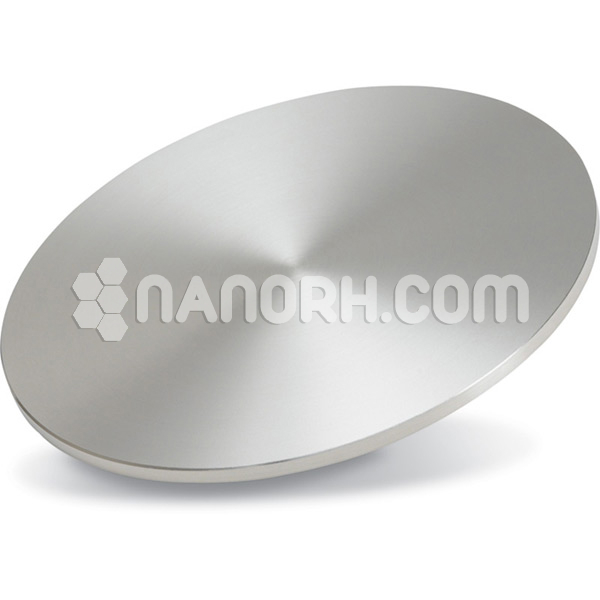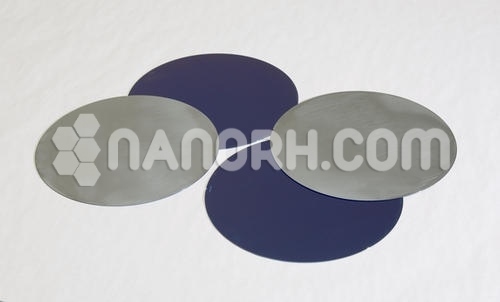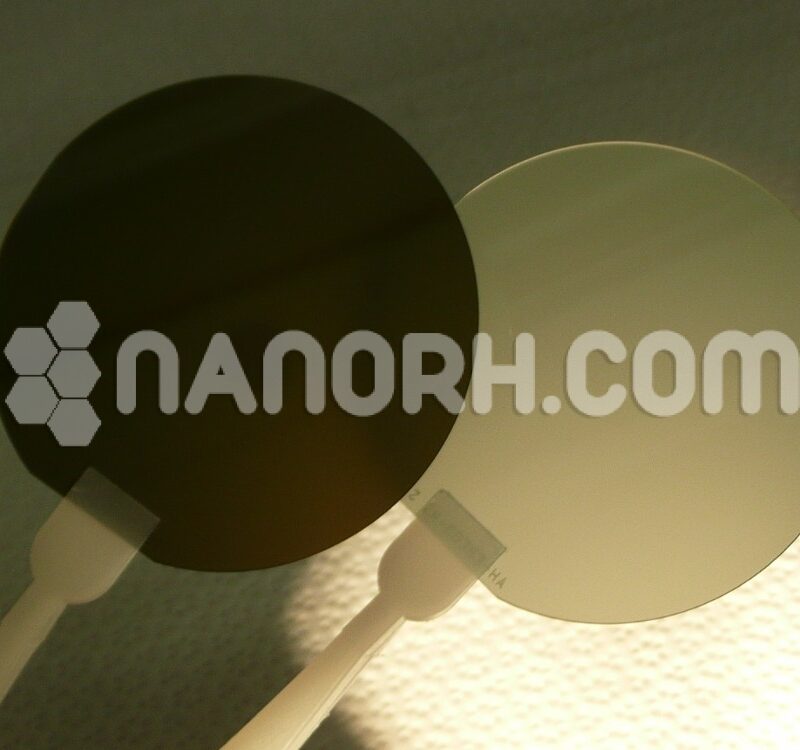| Aluminum Silicon Copper Sputtering Targets | |
| Product No | NRE-43190 |
| CAS No. | NA |
| Formula | AlSiCu |
| Molecular Weight | NA |
| Purity | >99.999% |
| Density | NA |
| Thickness | 3 mm ± 0.5mm (can be customized) |
| Diameter | 50 mm ± 1mm (can be customized) |
| Shape | Round |
| Resistivity | NA |
| Thermal Conductivity | NA |
Aluminum Silicon Copper Sputtering Targets
Aluminum silicon copper (Al-Si-Cu) sputtering targets are used to create thin films with a blend of properties from aluminum, silicon, and copper. This alloy is employed in several advanced technology and industrial applications due to its unique characteristics. Here’s an in-depth look at the applications and advantages of Al-Si-Cu sputtering targets.
Semiconductor Industry
Interconnects:
Application: Al-Si-Cu films are widely used as interconnects in semiconductor devices, such as integrated circuits (ICs) and microprocessors.
Benefits: Provides excellent electrical conductivity and mechanical reliability, crucial for connecting different components on a semiconductor chip.
Technical Detail: The alloy’s combination of aluminum with silicon and copper improves thermal and electrical performance while enhancing adhesion to the silicon substrate.
Barrier Layers:
Application: Used as barrier layers to prevent diffusion of metal into silicon or other materials in semiconductor devices.
Benefits: Protects the integrity of semiconductor components and prevents performance degradation due to metal diffusion.
Technical Detail: Silicon and copper in the alloy help in forming a stable barrier that effectively prevents unwanted diffusion and reaction.
Thin-Film Electronics
Conductive Layers:
Application: Employed as conductive layers in thin-film transistors (TFTs) and other electronic components.
Benefits: The alloy provides high electrical conductivity and stability, which is essential for the reliable operation of electronic devices.
Technical Detail: The alloy’s electrical properties are optimized for use in various thin-film electronic applications, improving overall device performance.
Heat Spreaders:
Application: Used in heat spreaders to manage thermal dissipation in electronic devices and components.
Benefits: Enhances thermal management by efficiently conducting heat away from sensitive areas, preventing overheating.
Technical Detail: The alloy’s thermal conductivity is improved by the addition of copper, which helps in effective heat spreading and management.
Optical Coatings
Reflective Coatings:
Application: Al-Si-Cu films are used in reflective coatings for optical devices such as mirrors and lenses.
Benefits: Provides high reflectivity and durability, making it suitable for high-performance optical systems.
Technical Detail: The alloy’s reflective properties are enhanced by the combined effects of aluminum and copper, resulting in efficient light reflection.
Anti-Reflective Coatings:
Application: Used to create anti-reflective coatings that reduce glare and enhance light transmission.
Benefits: Improves optical clarity and performance in applications such as eyeglasses, camera lenses, and displays.




